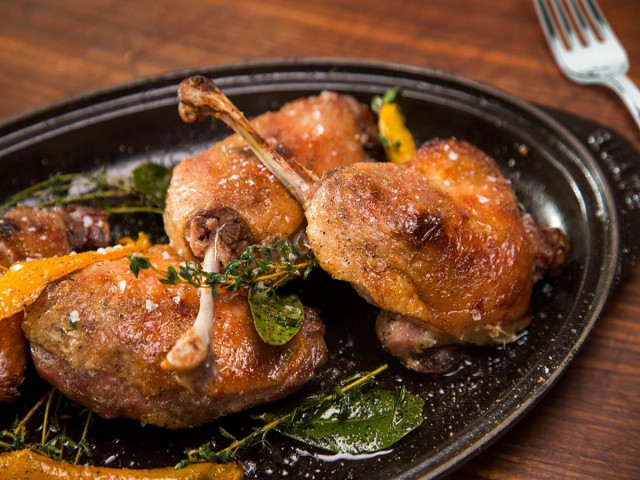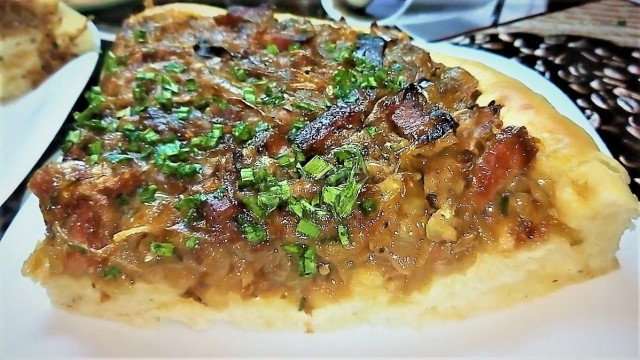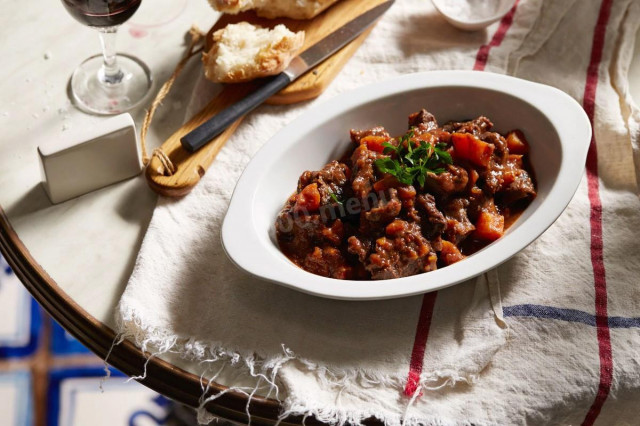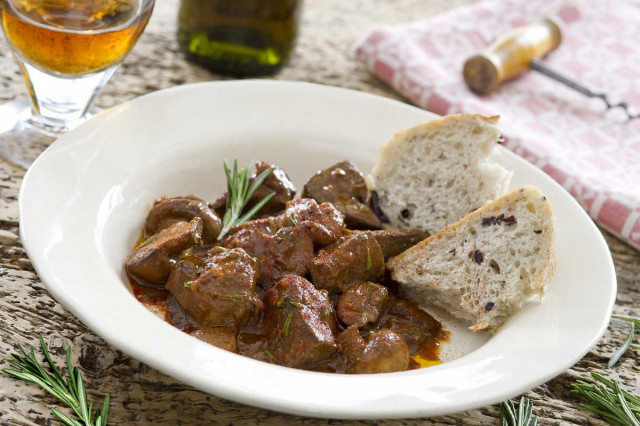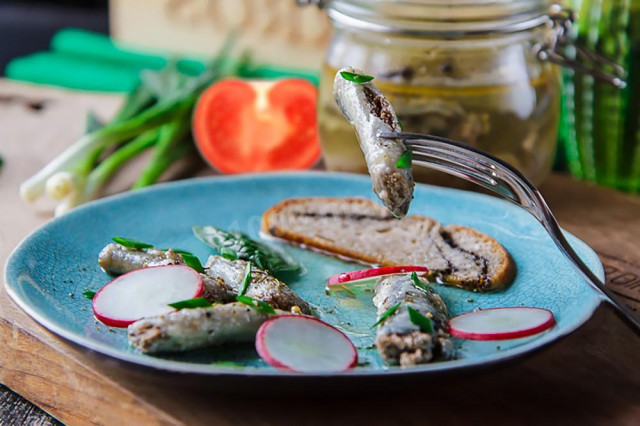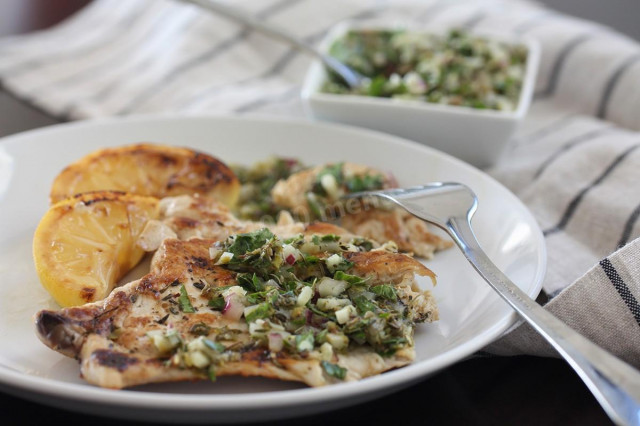Composition / ingredients
Cooking method
Duckling refers to dark varieties of poultry meat. Duck meat is tougher due to the content of a large number of blood vessels in it. But this has its advantages: duck meat is considered very useful, it is recommended to be eaten by people suffering from anemia and nervous disorders.
Also, do not forget that duckling is quite fatty, but most of the fat is concentrated in the skin. So by removing the skin, the meat will become more dietary.
1. Duck legs are thoroughly washed under running water, then dried with paper towels.
2. We grind two bay leaves in a mortar. We spread rosemary, ground black pepper and just a little nutmeg to them. Rub the spices with a pestle.
3. Peel the garlic, pass it through the press. Rub the prepared duck legs with garlic gruel and coarse salt, and then sprinkle generously with a spicy mixture.
4. We put the ham in a tight bag with a clasp, send it to the refrigerator for a day. During this time, the meat will be soaked in the aromas of spices and garlic, it will be well salted.
5. After the specified time, the hams are washed in warm water, thoroughly dried with paper towels. Then rub with ground black pepper.
6. Fry the ham in coconut oil until a ruddy crispy crust forms. Fry first on low heat under a closed lid with the addition of the remaining bay leaves and thyme sprigs. Then remove the lid, fry until a blush forms.
Blush can be made lighter, or you can fry more intensively. Here you need to be guided by your taste preferences.
We serve duck legs on the table sprinkled with coarse salt.
Bon appetit!
Calorie content of the products possible in the composition of the dish
- Garlic - 143 kcal/100g
- Bay leaf - 313 kcal/100g
- Ground black pepper - 255 kcal/100g
- Thyme - 101 kcal/100g
- Dried thyme - 276 kcal/100g
- Thyme - 276 kcal/100g
- Salt - 0 kcal/100g
- Orange peel - 97 kcal/100g
- Rosemary dry - 131 kcal/100g
- Coconut oil - 925 kcal/100g
- Nutmeg - 556 kcal/100g
- Duck legs - 405 kcal/100g
- Fried duck legs - 266 kcal/100g

